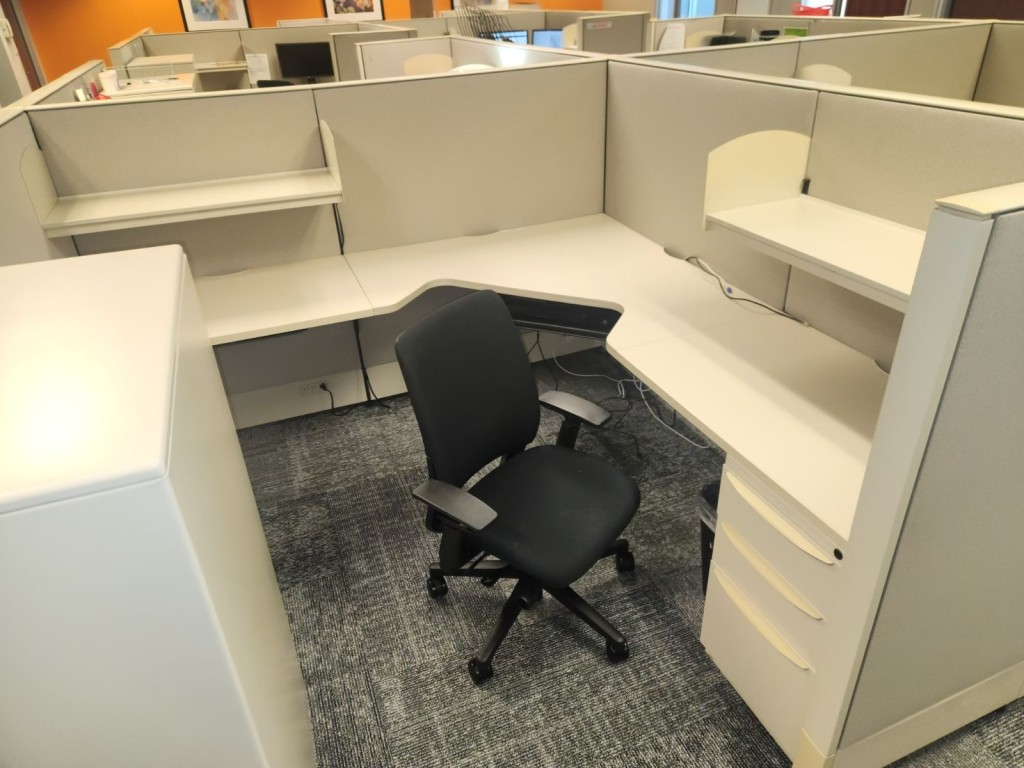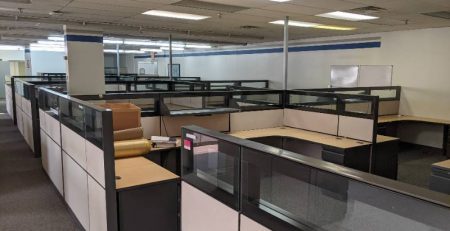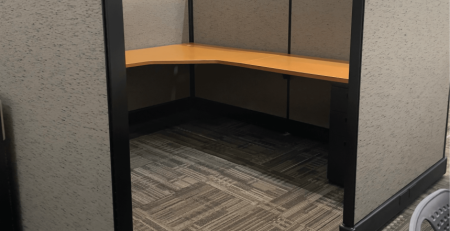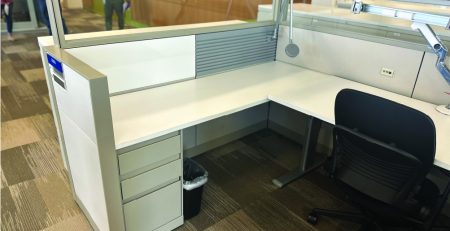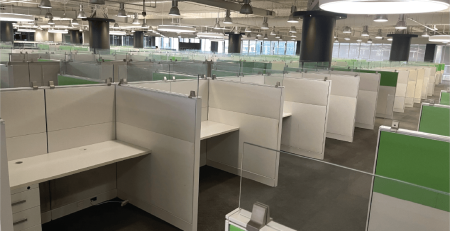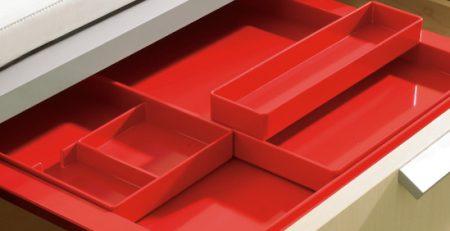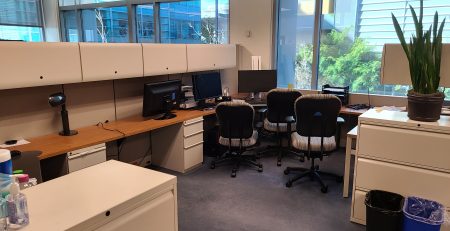Maximizing Productivity: How to Arrange Your Office Cubicle
In the modern workplace, where productivity and efficiency are paramount, the design and arrangement of office spaces play a crucial role. An office cubicle isn’t just a workstation; it’s a micro-environment where employees spend a significant portion of their day. How you arrange your office cubicle can greatly impact your focus, well-being, and output. Here are some key considerations to help you maximize productivity through effective cubicle arrangements.
Ergonomic Setup
The foundation of a productive office cubicle starts with ergonomics. Ergonomic principles aim to create a workspace that minimizes discomfort and reduces the risk of injury, thereby enhancing productivity. When setting up your cubicle:
1. Chair: Choose an adjustable chair that supports the natural curve of your spine. Your feet should comfortably rest on the floor, or a footrest, and your knees should be at a 90-degree angle.
2. Desk: Position your desk at a height that allows your elbows to rest at a 90-degree angle while typing. Use a keyboard tray if needed to maintain proper wrist alignment.
3. Monitor: Place your monitor directly in front of you at arm’s length, with the top of the screen at or slightly below eye level. This helps reduce neck strain.
4. Accessories: Consider ergonomic accessories such as a document holder to reduce neck rotation and a mouse and wrist rest to prevent repetitive strain injuries.
Optimal Layout
The layout of your cubicle should support your workflow and minimize distractions. Consider the following tips:
1. Personalization: Customize your space with items that inspire you and make you feel comfortable, but avoid clutter that can cause distraction.
2. Desk Orientation: Position your desk away from high-traffic areas to minimize disruptions. Orient your desk to use natural light, which will boost mood and productivity.
3. Storage: Organize your workspace efficiently. Keep frequently used items easily accessible by keeping filing cabinets or shelves within arm’s reach. This will reduce the time spent searching for documents or supplies.
4. Privacy: If privacy is important for your work, consider using privacy panels or dividers to create a sense of personal space within the cubicle.
Functional Zones
Divide your cubicle into functional zones to optimize efficiency:
1. Work Area: Your computer, phone, and essential work tools are located here.
2. Reference Area: Keep frequently referenced documents or files nearby for quick access.
3. Meeting Area: If your work involves occasional meetings or collaborations, designate a space within your cubicle to accommodate visitors comfortably.
Technology Integration
Ensure that your cubicle is equipped with the necessary technology to support your work:
1. Power Outlets: Position your desk near power outlets to avoid trailing wires and make plug-in devices convenient.
2. Cable Management: Use cable organizers or clips to keep cords tidy and prevent them from becoming tangled.
3. Communication Tools: If your job requires frequent communication, ensure that your phone and computer are easily accessible and configured for efficient use.
Health and Well-being
Lastly, prioritize your health and well-being to sustain long-term productivity:
1. Movement: Incorporate movement into your workday by taking short breaks to stretch or walk around. Consider using a standing or adjustable desk converter to alternate between sitting and standing.
2. Hydration and Nutrition: Keep water and healthy snacks within reach to maintain energy levels throughout the day.
3. Lighting: Opt for adjustable task lighting to reduce eye strain and supplement natural light sources.
Conclusion
By thoughtfully arranging your office cubicle according to these principles, you can create a workspace that enhances productivity, supports well-being, and contributes to a positive work environment. Remember, productivity is not just about getting more done—it’s about working smarter and feeling better.

